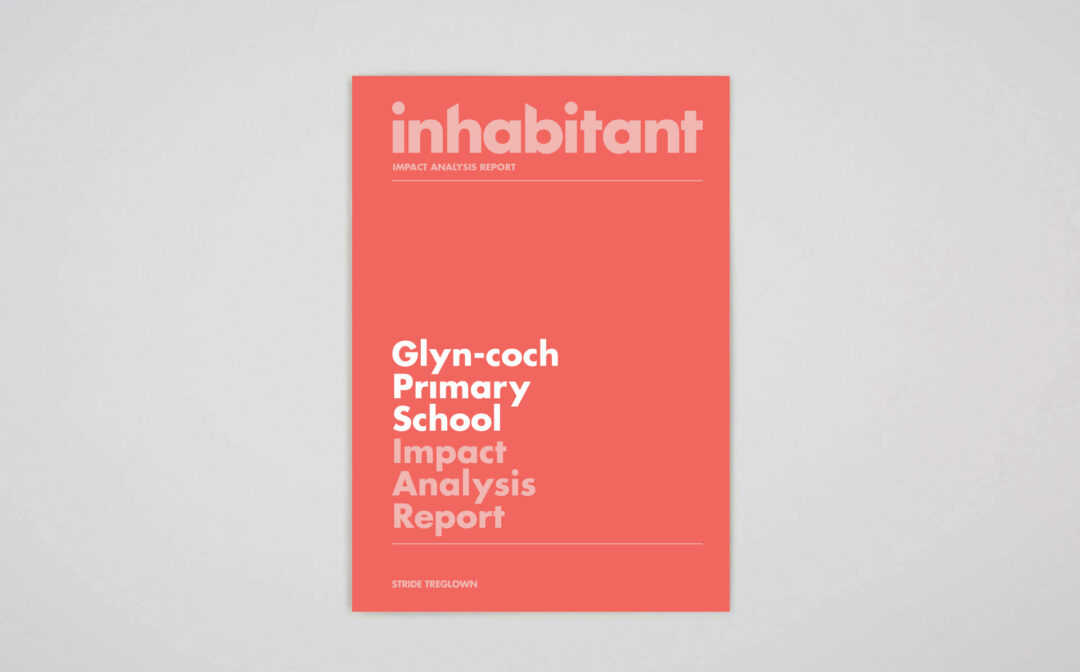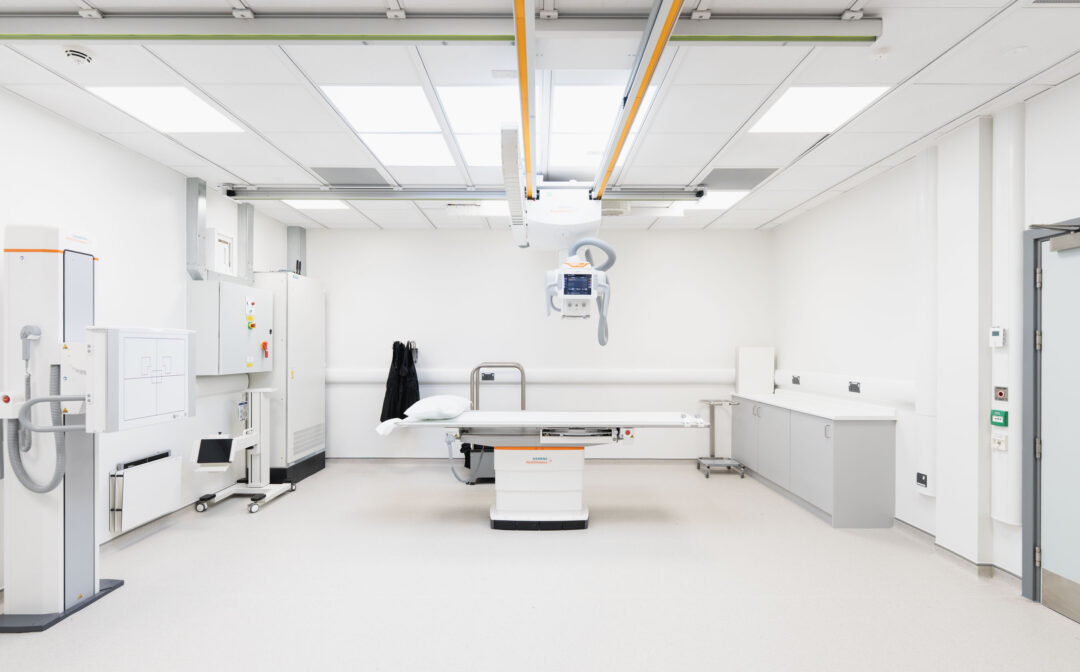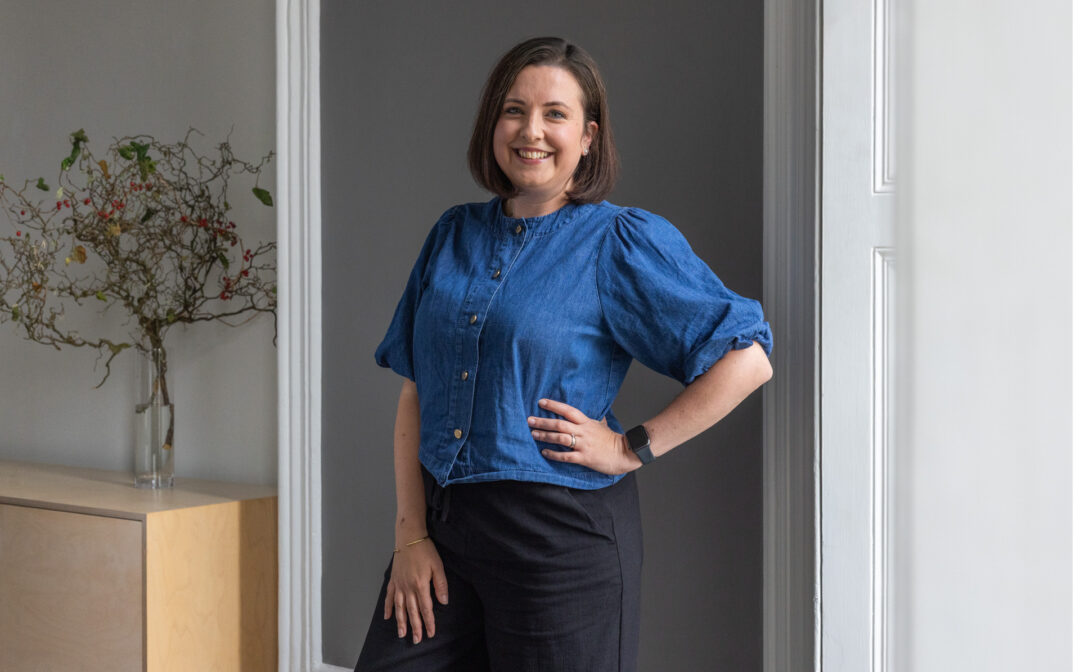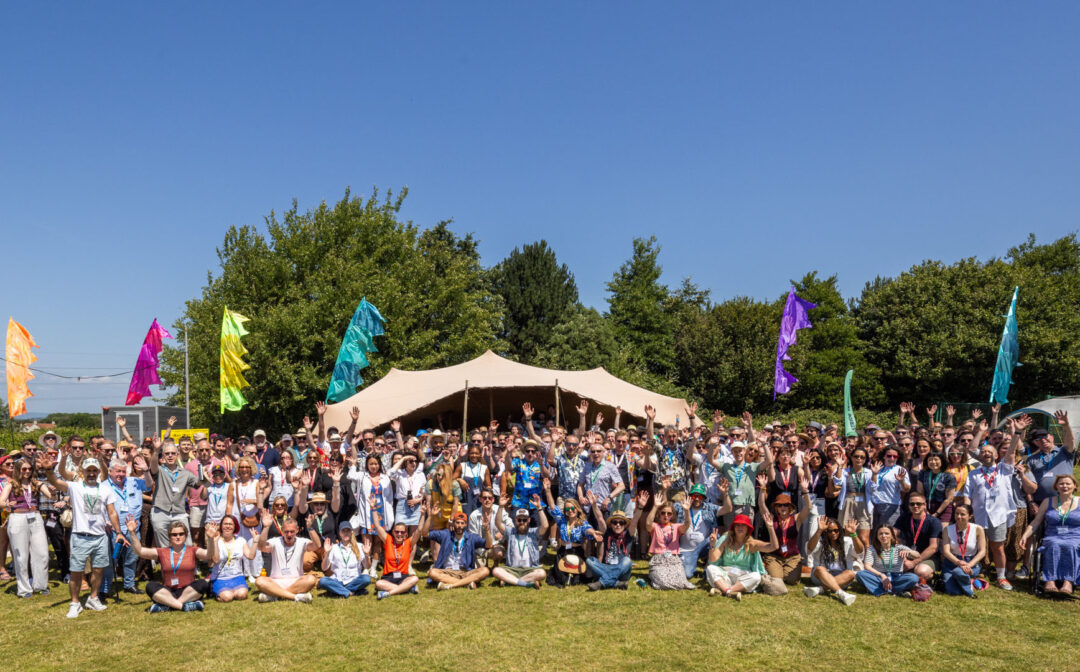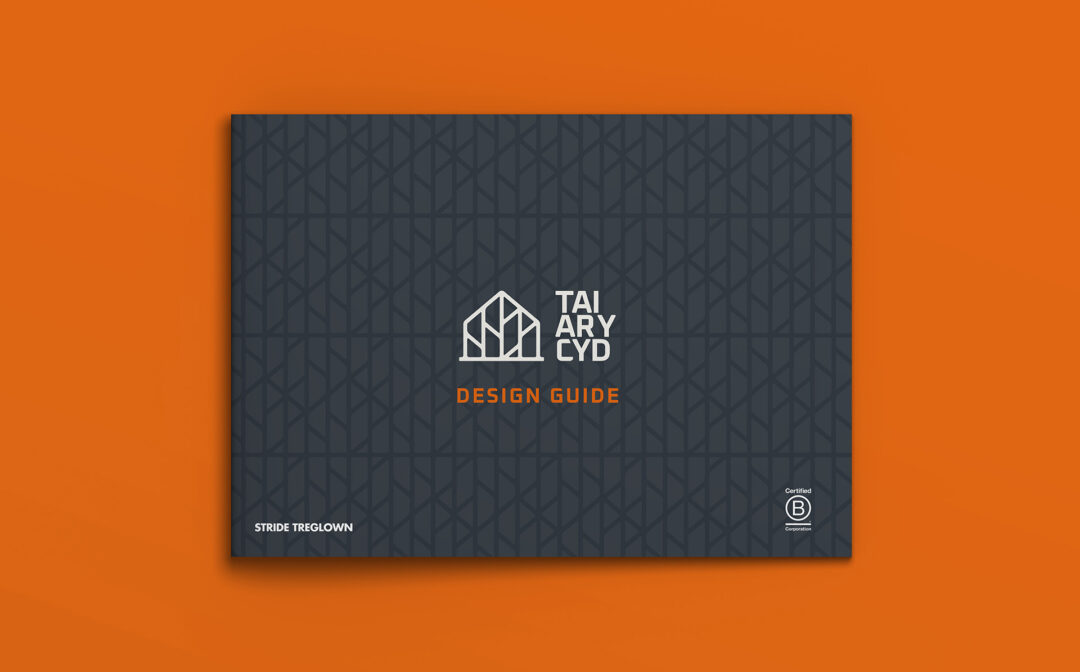With financial pressures mounting and expectations around student experience higher than ever, universities face a seemingly impossible task: create relevant spaces for teaching, learning and research that also provide a sense of belonging, while simultaneously reducing costs, increasing efficiency, and improving sustainability to meet Net Zero targets.
The answer for many of these challenges lies in data. But more specifically, turning it into meaningful improvements that benefit everyone on campus.
The data paradox
We work with many universities that find themselves in one of two scenarios. Some are drowning in information, with sophisticated sensor networks, WiFi tracking systems, and facilities management platforms generating mountains of data that they simply don’t have the capacity to analyse effectively.
Others struggle with the opposite problem. Incomplete records, siloed information, or relying on manual observations that provide a snapshot rather than a clear picture of the whole estate.
Regardless of which scenario a university faces, the fundamental challenge remains: how to transform raw information into meaningful insights that balance operational efficiency with the quality of experience.
Finding the balance
We’ve all seen the consequences of under-optimised estates on the student experience. Small seminar groups assigned to huge lecture theatres, collaborative workshops squeezed into traditional rows of seating, or departments losing their sense of identity as they’re located into whatever spaces happen to be available.
I believe when we overlay usage patterns with user experiences, we discover why certain spaces thrive while others sit empty despite appearing ‘fully booked’ in systems. The key to understanding the data starts by simply speaking directly with students, faculty, and staff about how spaces actually function for them. In doing so, we reveal additional insights that sensors alone can’t capture.
Putting the theory into practice
Our estates strategy work with the University of Wolverhampton shows how a balanced, insight-led approach can unlock meaningful change. The university wanted to create a more connected campus that put the student experience front and centre, while also planning for future growth.
We started by carrying out detailed space surveys and hosting in-person workshops with the people who used these buildings every day. Their input helped us understand not just how the estate was performing on paper, but how it felt to move through and work within.
From this, a clear picture began to emerge—along with eight strategic directives to guide the masterplan.
Our phased process ensured that major proposals were grounded in both data and day-to-day experience. It was just as important to understand how spaces were used—and whether they were the right spaces—as it was to measure occupancy.
Working in partnership with EventMAP, we translated these insights into numerical models to test different scenarios. This gave the university a clear view of how targeted interventions could improve both efficiency and experience.
Benefits beyond efficiency
Of course, every institution has its own needs and pressures. But when space planning is approached strategically, the benefits go well beyond saving square footage. Better utilisation and reduced maintenance costs contribute to greater financial sustainability, while optimised spaces help cut carbon emissions and operational waste.
On a human level, spaces that work well simply feel better to occupy. Students in the right environments develop stronger connections to their institution, and staff who teach in spaces that support their pedagogical approach are better placed to deliver meaningful outcomes.
Making data more human
As we navigate data, spreadsheets, and floor plans, we must remember what universities really are: communities of people learning, teaching, and discovering together. The most powerful insights emerge when we combine quantitative data with qualitative understanding. Data can help us spot problems, while human stories help find the solutions.
You can meet our Universities team at AUDE 2025 | 28 April – 1 May | Cardiff University. Get in touch to arrange a chat with Cora Kwiatkowski, or catch her on the Overbury Panel Session discussing the University Design Forum’s Student Voices Survey Report (Weds 30 April, 11.30-12.20).


